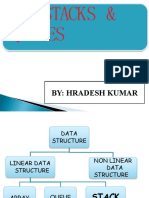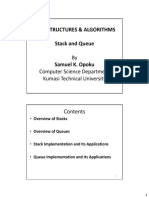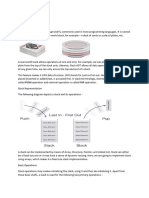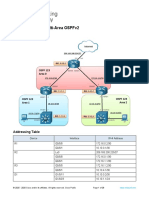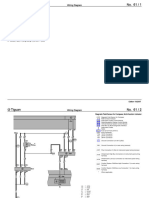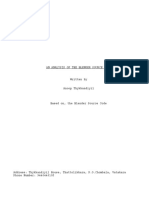0% found this document useful (0 votes)
16 views47 pagesStacks and Queues Module2
pcmc papers and shit
ttttttttttttt ggggggggggggggggggggg
Uploaded by
maanya0682Copyright
© © All Rights Reserved
We take content rights seriously. If you suspect this is your content, claim it here.
Available Formats
Download as PDF, TXT or read online on Scribd
0% found this document useful (0 votes)
16 views47 pagesStacks and Queues Module2
pcmc papers and shit
ttttttttttttt ggggggggggggggggggggg
Uploaded by
maanya0682Copyright
© © All Rights Reserved
We take content rights seriously. If you suspect this is your content, claim it here.
Available Formats
Download as PDF, TXT or read online on Scribd
/ 47











